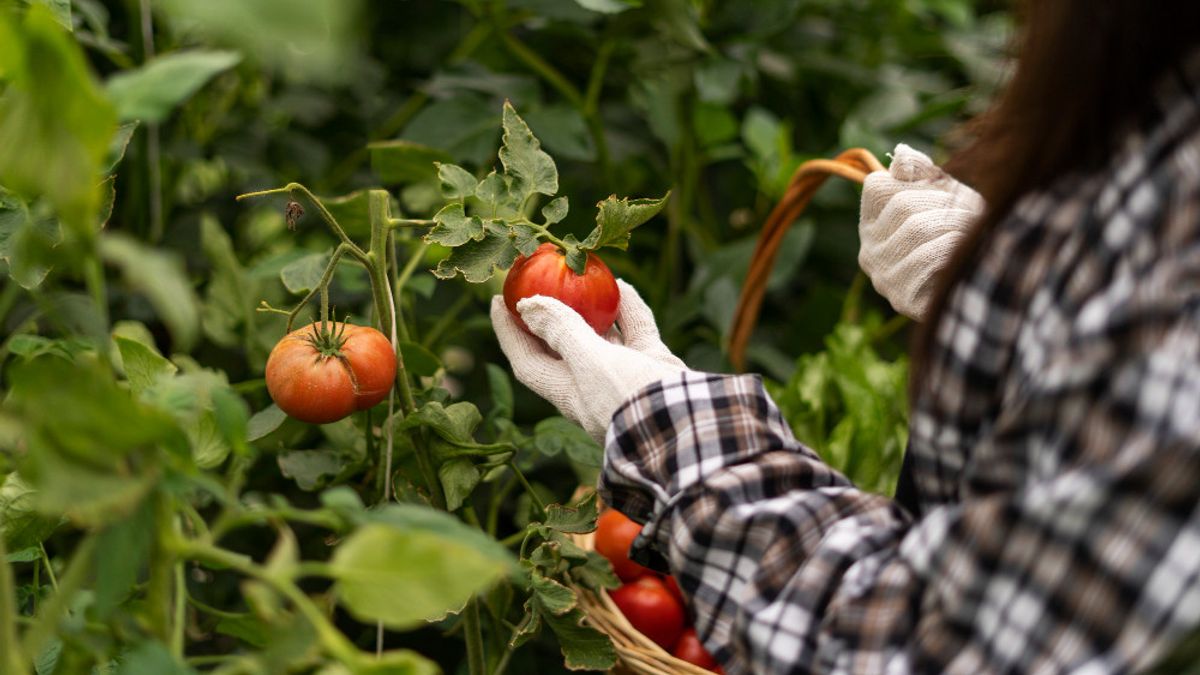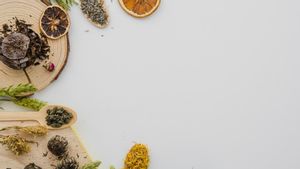Tomatoes are one of the most cultivated horticultural plants around the world. However, tomato plants often experience various types of diseases that can affect the yield, the quality of fruit, and the development of plants as a whole. Recognizing the types of diseases that attack tomato plants is very important for farmers so that they can carry out proper prevention and control. The following are some diseases that often attack tomatoes:
The leaf hawar disease is caused by Phytophtora inscriptions, which often attack tomatoes in humid and cold areas. This disease is characterized by the onset of dark or dark brown patches on leaves, stems, and tomatoes. Leaves affected by this disease generally turn yellow and wither, and the fruit affected will rot, making tomatoes unable to be harvested.
Fragrant leaves are very disturbing because they can spread quickly, especially when environmental conditions support the growth of mold. leaf hawar control can be done by using the right haramicide and maintaining the cleanliness of the land. Planting tomatoes that are resistant to leaf hawar is also an efficient preventive measure.
Bacterial Lyu is caused by the Ralstonia solanacearum bacteria, which infect the plant's plant's system of vessels. The main symptom of this disease is the wilting of the leaves without any signs of pinning or spots. This disease usually spreads through water or polluted soil.
Bacteria that leave bacteria can survive in the soil for several years, so it is important for farmers to avoid planting tomatoes on land that had been infected with this disease. Control of this disease includes the rotation of plants with plants that are not the host of bacteria and the use of healthy seeds.
SEE ALSO:
Fruit buds are caused by Colltotrichum spp. mushrooms, which often attack ripe tomatoes. This disease causes small spots to appear after that and causes rot of fruit. The middle part of the speck is often concave and dark in color.
This disease can spread through rain or irrigation water splashes, especially in humid areas. Control of rot of fruit involves the use of fungicides and maintaining the cleanliness of land from the remains of infected plants.
The Fusarium Lyu is caused by the oxysporum Fusarium fungi that attacks the roots of the tomatoes plant. This fungus inhibits the flow of water and nutrients in the plant, causes the leaves to turn yellow, wither, and eventually die. Early symptoms usually appear in older leaves at the bottom of the plant, while the infected roots can change color to brown or dark.
The Fusarium can last a long time in the soil, so that the best deterrence is by carrying out plant rotation and planting tomatoes that are resistant to funrium wilting. The use of systemic fungicide can also help control this disease.
Septoria leaf patch disease is caused by Seporia lycopersici mushrooms which cause small gray brown patches on the leaves. This disease generally begins to attack older leaves and then spreads to the young leaves.
This infection reduces the ability of plants to carry out photosynthesis, thus limiting their growth. Control of septoria leaf patches attributes the use of fungicides, pruning infected leaves, and ensuring good air circulation around plants.
The mosaic virus is one of the most common viral diseases that attacks tomatoes. Symptoms include yellowing leaves and irregular spots, and decreased plant growth. Tomatoes infected with the mozaic virus are often deformed or small.
The spread of this virus can occur through contact with agricultural tools that are polluted or vector insects. There is no cure for this disease, so prevention is very important. Control of this disease is done by planting virus-resistant varieties, sanitation of agricultural tools, and controlling vector insects.
In addition, also find out why Tomato Plant Leaves Appear white-stained.
So after knowing the disease that attacks tomatoes, look at other interesting news on VOI.ID, it's time to revolutionize news!
The English, Chinese, Japanese, Arabic, and French versions are automatically generated by the AI. So there may still be inaccuracies in translating, please always see Indonesian as our main language. (system supported by DigitalSiber.id)














